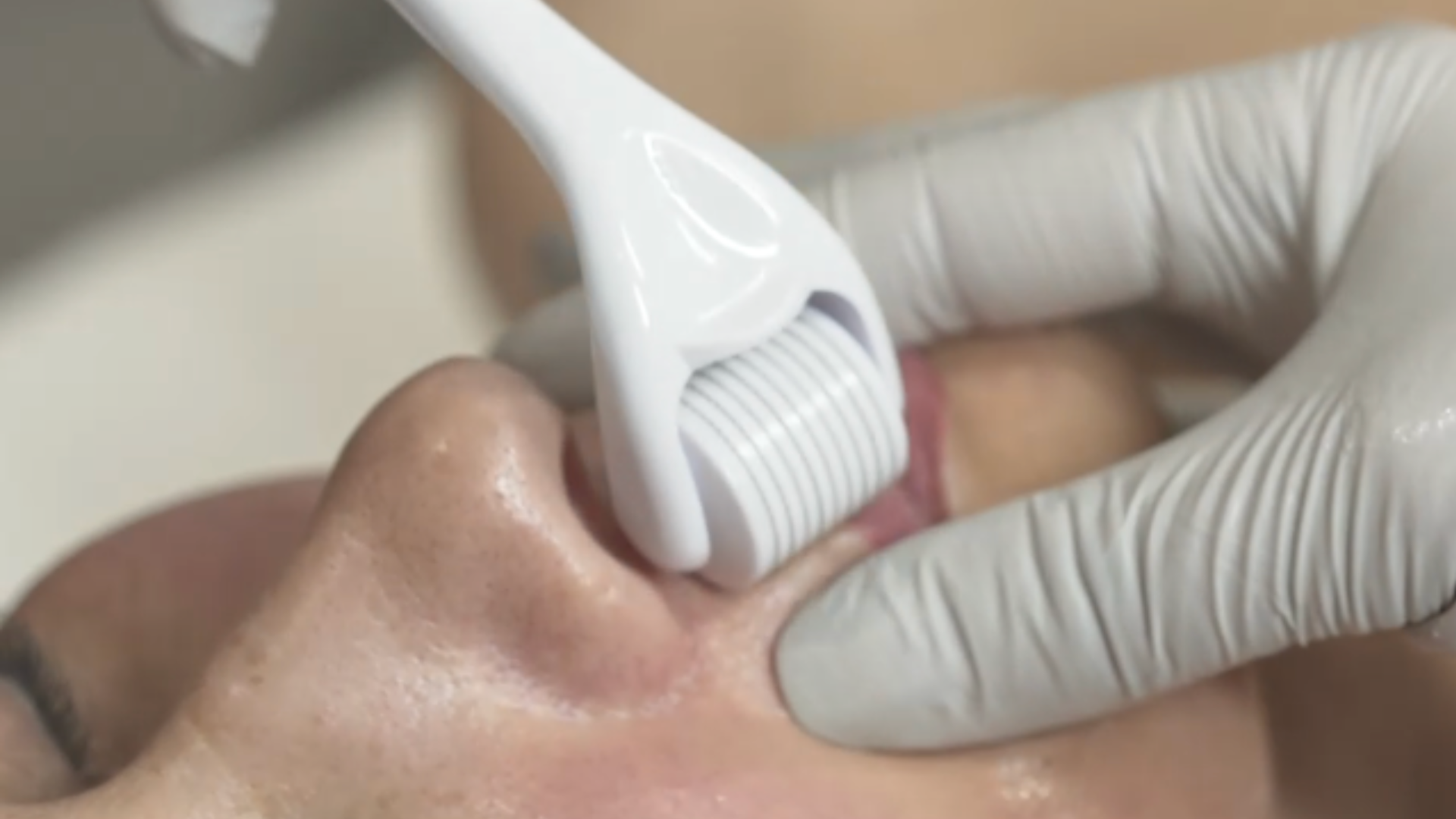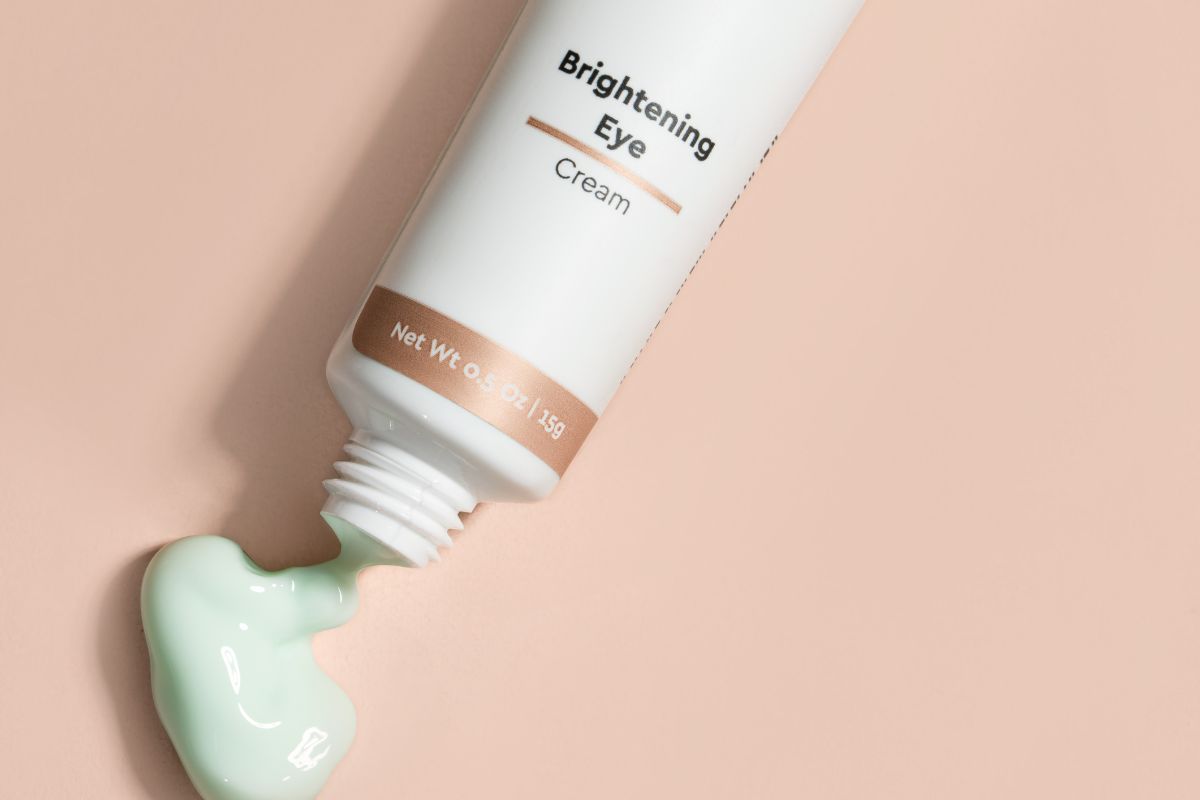Will Dermaplaning stimulate more hair growth?

Will Dermaplaning stimulate more hair growth?
The most frequently asked question to our Iconic facialists is, "Will Dermaplaning stimulate more hair growth"? The short and simple answer to this question is NO!
However, because Glow & Skin are focused on education, this answer is not enough, and that is why the training given to become an Iconic facialist is in-depth and covers many aspects of skin health. One crucial part of the training covers the Anatomy and Physiology of hair and its growth.
To fully understand why Dermaplaning does not stimulate more hair growth, we need to look at the effects this treatment has on the hair.
Dermaplaning is an exfoliating treatment using a scalpel to remove dead skin cells and fine hair from the skin's surface, which traps oil and dirt. The benefits of removing the fine, downy hair, often referred to as "peach fuzz", are both cosmetic and therapeutic.
Removing the fine downy hair of the face with Dermaplaning does not then cause more hair growth. This is because the treatments do not affect the root of the hair bulb or the blood supply to the hair. It simply removes the hair at the level of the skin, leaving the lower part of the hair under the skin intact. To understand this fully, we must look at the structure of the hair and hair removal methods.
Permanent and non-permanent ways of hair removal
There are many ways to remove hair from the face and body. These include electrolysis and LASER, which are both permanent ways of hair removal. Then we have the non-permanent hair removal methods, which include waxing, plucking, depilation creams, threading and many more. Dermaplaning is a non-permanent method of hair removal.
Unfortunately, the permanent methods, LASER, and electrolysis, do not work well for vellus hairs. LASERS require a large 'target' to 'see' the hair. The target is the pigment in the hair, which gives it colour, and vellus hair is unpigmented. Electrolysis, however, does not need the hair to be pigmented hair but it does need it to be of a certain thickness. Vellus hairs are extremely fine and densely arranged in the skin, making them almost impossible to treat with this hair removal method.
How does Dermaplaning remove hair, and what type of hair does it treat?
Dermaplaning targets vellus hair, a hair type found all over the face and body. Vellus hair is considered a 'normal' hair growth however, it can be made worse by certain illnesses and medication. The Iconic Facial training covers these underlying causes, which enables them to determine if Dermaplaning is a suitable treatment option. This assessment is made in a detailed consultation and skin assessment before treating any client. Once the underlying causes of the hair growth have been established, the Iconic Facialist can then advise on how best to plan the treatment. This professional assessment ensures that clients have the best advice and do not have treatments that could cause harm or worsen the problem.
The most frequently asked question to our Iconic facialists is, "Will Dermaplaning stimulate more hair growth"? The short and simple answer to this question is NO!
However, because Glow & Skin are focused on education, this answer is not enough, and that is why the training given to become an Iconic facialist is in-depth and covers many aspects of skin health. One crucial part of the training covers the Anatomy and Physiology of hair and its growth.
To fully understand why Dermaplaning does not stimulate more hair growth, we need to look at the effects this treatment has on the hair.
Dermaplaning is an exfoliating treatment using a scalpel to remove dead skin cells and fine hair from the skin's surface, which traps oil and dirt. The benefits of removing the fine, downy hair, often referred to as "peach fuzz", are both cosmetic and therapeutic.
Removing the fine downy hair of the face with Dermaplaning does not then cause more hair growth. This is because the treatments do not affect the root of the hair bulb or the blood supply to the hair. It simply removes the hair at the level of the skin, leaving the lower part of the hair under the skin intact. To understand this fully, we must look at the structure of the hair and hair removal methods.
Permanent and non-permanent ways of hair removal
There are many ways to remove hair from the face and body. These include electrolysis and LASER, which are both permanent ways of hair removal. Then we have the non-permanent hair removal methods, which include waxing, plucking, depilation creams, threading and many more. Dermaplaning is a non-permanent method of hair removal.
Unfortunately, the permanent methods, LASER, and electrolysis, do not work well for vellus hairs. LASERS require a large 'target' to 'see' the hair. The target is the pigment in the hair, which gives it colour, and vellus hair is unpigmented. Electrolysis, however, does not need the hair to be pigmented hair but it does need it to be of a certain thickness. Vellus hairs are extremely fine and densely arranged in the skin, making them almost impossible to treat with this hair removal method.
How does Dermaplaning remove hair, and what type of hair does it treat?
Dermaplaning targets vellus hair, a hair type found all over the face and body. Vellus hair is considered a 'normal' hair growth however, it can be made worse by certain illnesses and medication. The Iconic Facial training covers these underlying causes, which enables them to determine if Dermaplaning is a suitable treatment option. This assessment is made in a detailed consultation and skin assessment before treating any client. Once the underlying causes of the hair growth have been established, the Iconic Facialist can then advise on how best to plan the treatment. This professional assessment ensures that clients have the best advice and do not have treatments that could cause harm or worsen the problem.
How does hair grow?
To fully understand why Dermaplaning doesn't stimulate more hair growth, we must look at how hair grows. Hair growth occurs in a cycle of three phases: anagen, catagen, and telogen. The anagen phase is where the hair is actively growing. The catagen phase is where the hair is transitioning, stops growing and falls out (shedding). It is normal to shed between 50 and 100 hairs a day! The final stage is telogen, where the follicle is empty, resting, and waiting to be stimulated to go back into the anagen phase and grow new hair.
During the anagen phase, the hair follicle is actively producing hair. A hair follicle is a structure found in the skin that provides protection and nutrients, enabling hair growth. Think of it like a flower sitting in a vase of water. The hair follicle is made up of several parts, including the hair bulb, the hair papilla, and a sebaceous gland.
The hair follicle lies deep in the skin, and only the growing hair is visible. The hair bulb (or root) is the lowest part of the hair and contains the cells that divide to form the growing hair. The bulb has a rich blood supply known as the hair papilla.
The sebaceous gland is a small 'sac' attached halfway up the follicle which empties out oil, known as sebum, into the hair follicle. Sebum has many essential roles for both the hair and the skin, but if too much sebum is produced, it can block the hair follicles, leading to blackheads, spots, and acne.
Causes of excess hair
Our hair is genetically programmed to grow in different parts of our body, which is different in men and women. For example, men are genetically programmed to grow facial hair (beards and moustaches) and hair on their chests and backs. Women, however, have less facial and body hair than men.
Certain conditions, illnesses, medication, or hormonal imbalances can cause hair to grow faster, thicker, and excessively. An example of this is during menopause, when some women find thick, dark hairs appearing on their top lip and chin. The reason why this happens is because of the change in hormones that menopause causes. Hormones travel around the body in the blood. As a result of menopause, the blood supply that 'feeds' the hair follicles has more testosterone which is a male hormone. This has the potential to stimulate the follicles to grow hair, as it would do in a man.
Why choose an Iconic Facialist to do your Dermaplaning treatments
There are so many reasons why Glow & Skin and the Iconic Facial achieve superior results from their Dermaplaning treatments, but it starts with the expert knowledge that their Iconic facialists have. The causes of normal and abnormal hair growth are complex. This is why having a qualified, knowledgeable therapist, who understands these complexities, is so important. This knowledge underpins the detailed skin and hair assessment, which is essential to completing an effective and safe Dermaplaning treatment.
We hope you enjoyed our blog. Please leave a comment below, we’d love to know your thoughts on our blog and answer any questions you may have!



